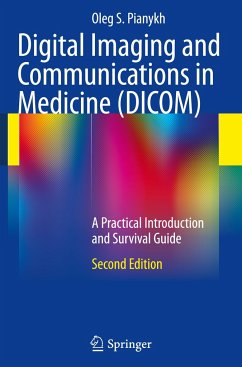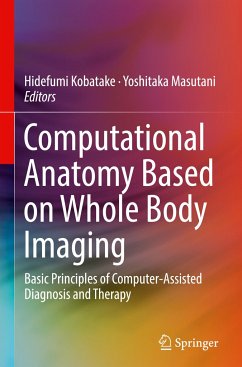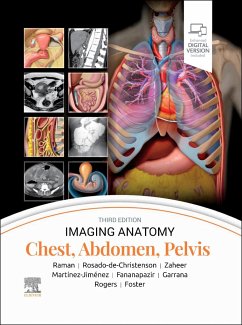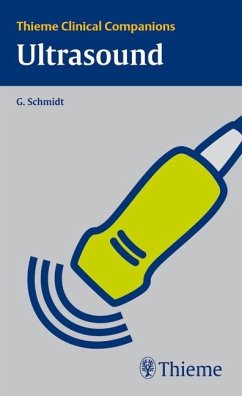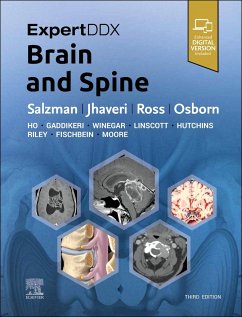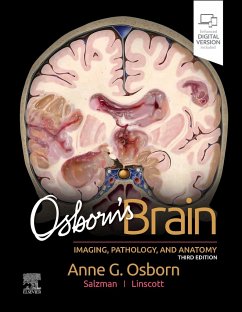
Fundamentals of Digital Imaging in Medicine

PAYBACK Punkte
19 °P sammeln!
In general, image processing texts are intended for students of engineering and computer science, and there is little written at all on the specific requirements of medical image processing. Students of medical radiation science (Diagnostic radiography, Nuclear medicine, Radiation therapy) usually have minimal mathematical and computer science training and find the available texts incomprehensible. A text that explains the principles of image processing in minimally-mathematical language is needed for these students. Contrary to the claims of some textbook authors, the vast majority of technol...
In general, image processing texts are intended for students of engineering and computer science, and there is little written at all on the specific requirements of medical image processing. Students of medical radiation science (Diagnostic radiography, Nuclear medicine, Radiation therapy) usually have minimal mathematical and computer science training and find the available texts incomprehensible. A text that explains the principles of image processing in minimally-mathematical language is needed for these students. Contrary to the claims of some textbook authors, the vast majority of technologists that process images do not need to understand the mathematics involved, but would nevertheless benefit from a thorough understanding of the general process.






